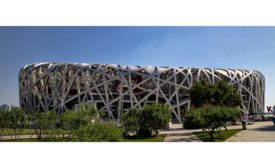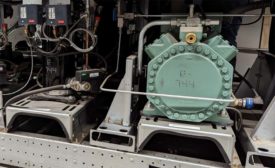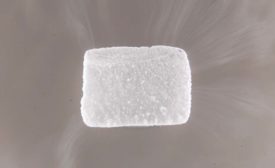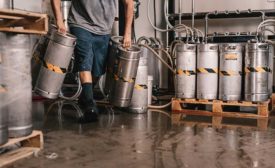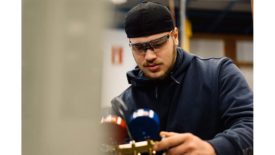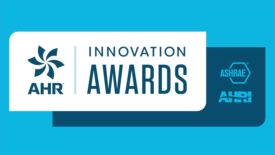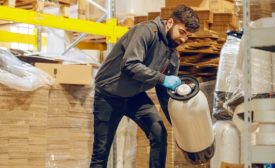Herb Woerpel
Herb Woerpel was a senior editor with The ACHR NEWS. He is committed to delivering practical, insightful information in an accessible, engaging way. Herb joined BNP Media in 2011. He most recently served as editor-in-chief of Engineered Systems and was previously employed as managing editor of The ACHR NEWS. Before joining BNP Media, he worked as a reporter with the Advance Newspapers, a subsidiary of MLive/The Grand Rapids Press. He holds a bachelor’s degree in news editorial journalism from Central Michigan University and boasts 16-plus years of professional journalism experience.
ARTICLES
The Importance of Pressure Relief Valves on CO₂ Refrigeration Systems
Pressure relief valves are critical safety components designed to ensure refrigeration systems operate safely and reliably
March 8, 2024
How to Charge a CO₂ Refrigeration System
Techs must carefully follow the proper sequence of operations to ensure the process is completed accurately and appropriately
February 8, 2024
State of the HVAC Industry 2024: Education
Trades Education Must Evolve to Keep Pace with Industry Changes
According to the National Student Clearinghouse, enrollment in trades courses increased 19.3% from 2021 to 2022
Read More
AHR Expo Innovation Awards Showcase the Evolution of HVAC Manufacturing
This year’s award winners represent 10 unique HVAC equipment categories
Read More
HVAC Contractors, Suppliers Examine Two-Step Relationship
Roundtable discussion examines the state of the supply chain
Read More
Pressure, States, Conditions Major Components in R-744 Education
Flash gas bypass and high pressure valves are important aspects of CO₂ refrigeration systems
December 22, 2023
Copyright ©2024. All Rights Reserved BNP Media.
Design, CMS, Hosting & Web Development :: ePublishing



